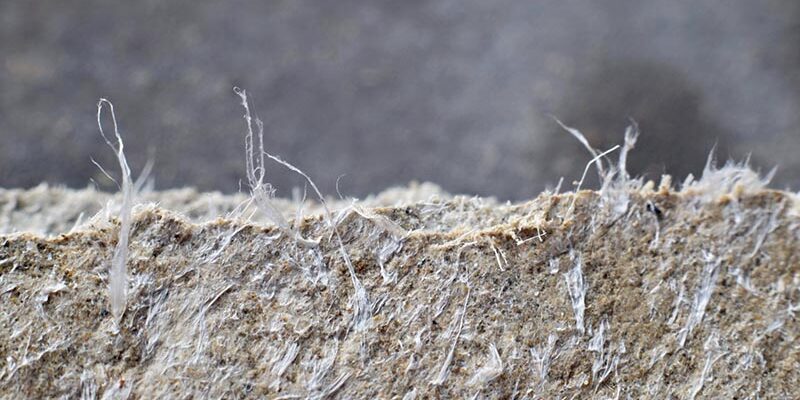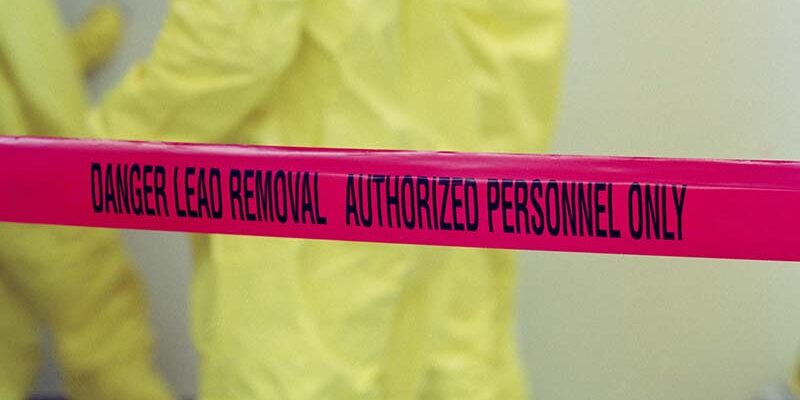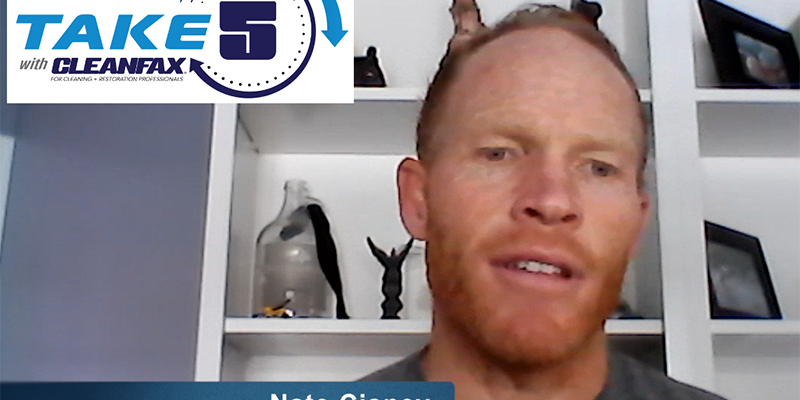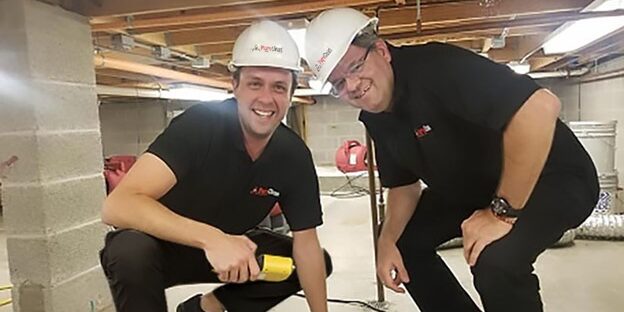Should You Test for Mold?
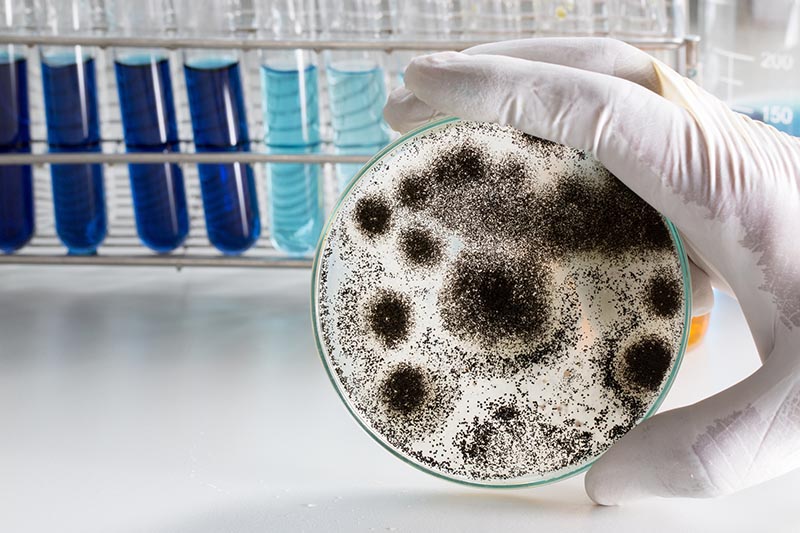
By Doug Hoffman
For many years, the position in the industry has been pretty simple: “If you see mold, you don’t have to test for it; just remove it.” To date, of the states that require licensing in the mold industry, only Florida requires sampling to be a part of the mold assessment process, and that regulation only applies when there are more than 10 square feet of visible mold. At NORMI (the National Organization of Remediators and Microbial Inspectors), our opinion is that this practice of not testing for mold has led to many unnecessary and expensive remediation projects. There are several good reasons why mold (or suspect mold) should be tested in every case, without exception.
To test … or not to test?
The Environmental Protection Agency (EPA) has a published document we often quote in our classes that takes an unsettling position on the subject. The one-page document begins by stating, “If you see mold, remove it; no need for testing.” However, in the very next sentence, it says, “If litigation is possible, or there are concerns about health, testing might be necessary.” As we know, litigation is almost always possible, and our clients’ health is often an issue.
The most alarming statement of all is found in the last paragraph of the EPA document, where it reads: “To determine the difference between dirt, mold, or other substances, testing might be necessary.” So, the only way to tell for certain if you are dealing with a mold problem is to test. If that’s true, doesn’t it make sense to know whether you are dealing with a mold problem before starting a multiple-thousand-dollar mold project?
Reasons to test
Here are a few good reasons why a professional assessor, restoration contractor, or mold remediator would want to test suspected mold:
Testing determines whether there is a problem. Testing what appears to be mold can substantiate the reason for implementing a remediation project and help determine whether to remediate or sanitize the surfaces. In our initial CMACMR (Certified Mold Assessor/Certified Mold Remediator) licensing class, we show a video where, in a “TV sting operation,” mascara is put on surfaces, and then professional mold assessors are asked to decide how to solve the problem. Only those who used some device to test, like an ATP luminometer, were able to say, “Not sure what it is, but it isn’t microbial.” Testing allowed them to determine whether there was even a problem, saving their customers thousands of dollars.
Testing proves the job was done correctly. Testing enables the contractor to create a baseline to which he might compare a PRV (post-remediation verification) sample proving the job was done correctly. Because we are dealing with what we cannot see, clean surfaces can only be considered “clean” when there is little or no evidence of microbial contamination, and that can only be done by testing. No matter how good your vision, no one can tell if it’s mold by simply looking, and we encourage clients to run from that kind of assessment.
Testing helps in the progress of the job. Testing can also be utilized by the contractor during the remediation project. We call this “interim testing,” confirming that progress is being made toward the final PRV or clearance. Using particle counters, ATP, and other methods, the professional can detect spikes in the contamination levels, possibly find breeches in containment, and identify other problems that might hinder the progress of the job. Interim testing is an effective way to help the professional stay on track and help his employees do a better job more quickly.
Testing reassures the client. Finally, third-party lab sampling is the only way to objectively prove to a client that the air and surfaces are now free from elevated levels of contamination. This both reassures the client and protects the professional from potential litigation. With proof that the job is correctly finished, the contractor is less likely to have issues with doubtful clients withholding final payment.
Final thoughts
It’s not clear to me why so many professionals have ignored the value of independent testing, but it’s certainly time to change the paradigm. To mitigate the liability, reduce the unnecessary waste of resources, and objectively confirm a positive outcome of the project, testing is needed and should be, in my opinion, required. And money—or who will pay for it—should not be the obstacle that keeps us from doing our jobs correctly. A good contractor will incorporate the costs somewhere in the project and save himself a lot of grief … and money.
For more information on the initial CMACMR licensing course (FL, LA, DC, TX, and NY) and other IAQ (indoor air quality) mold training opportunities, contact NORMI at 877.251.2296 or visit http://training.normi.org
CMAT-NORMI Certified Mold Assessment Technician is designed to train remediators and restoration contractors on the techniques used for pre-, interim, and post-sampling to ensure that projects are done correctly. Register with Jillian at The Experience.


